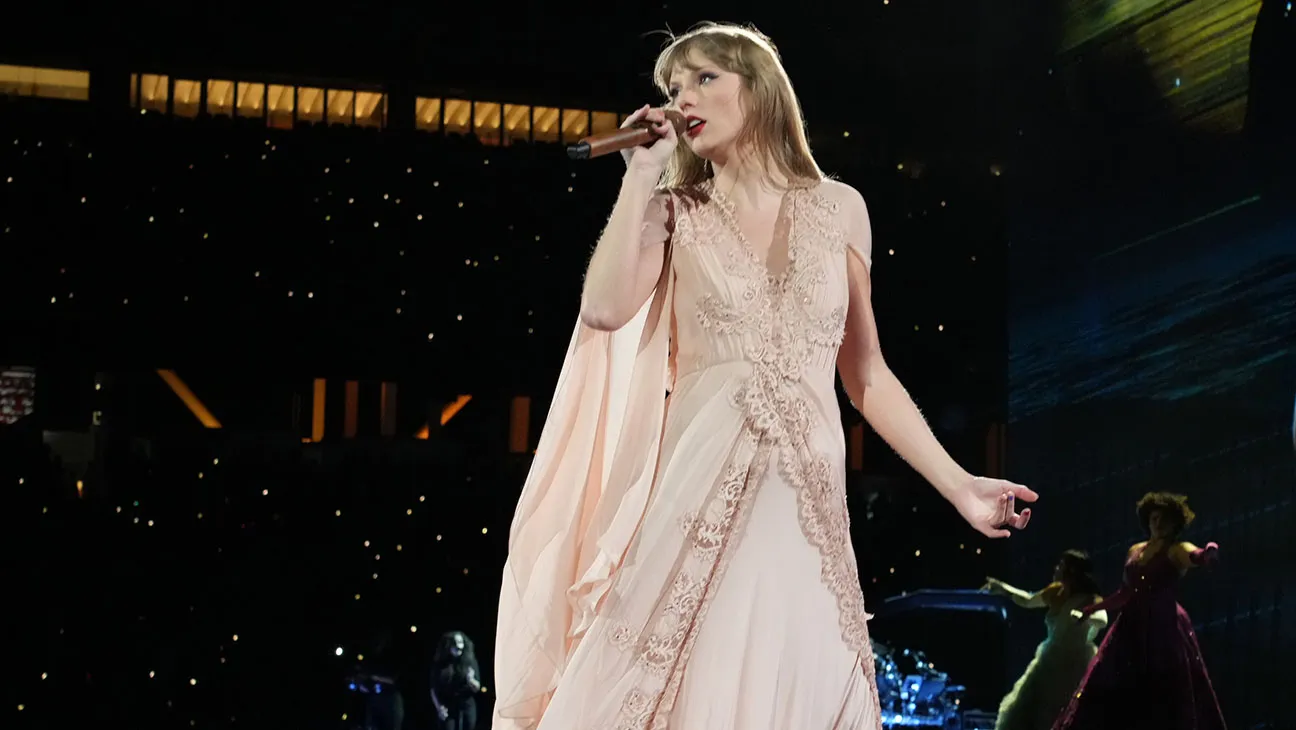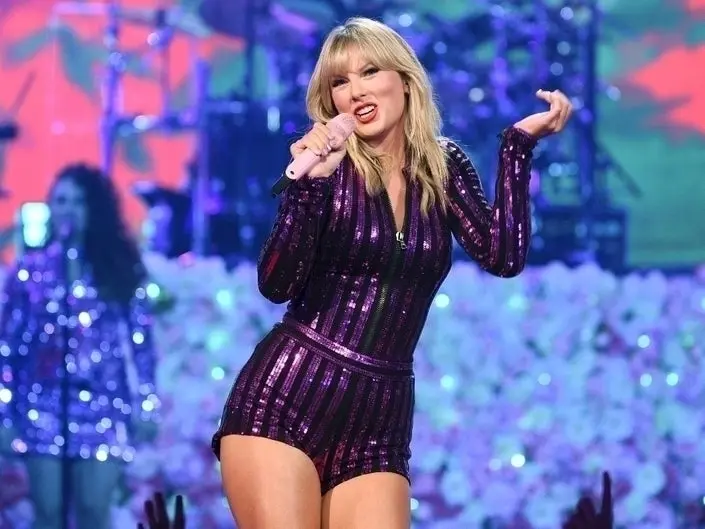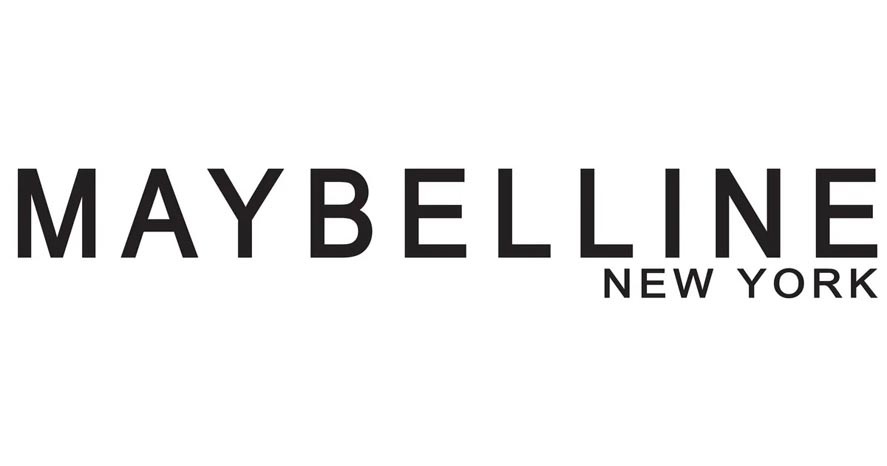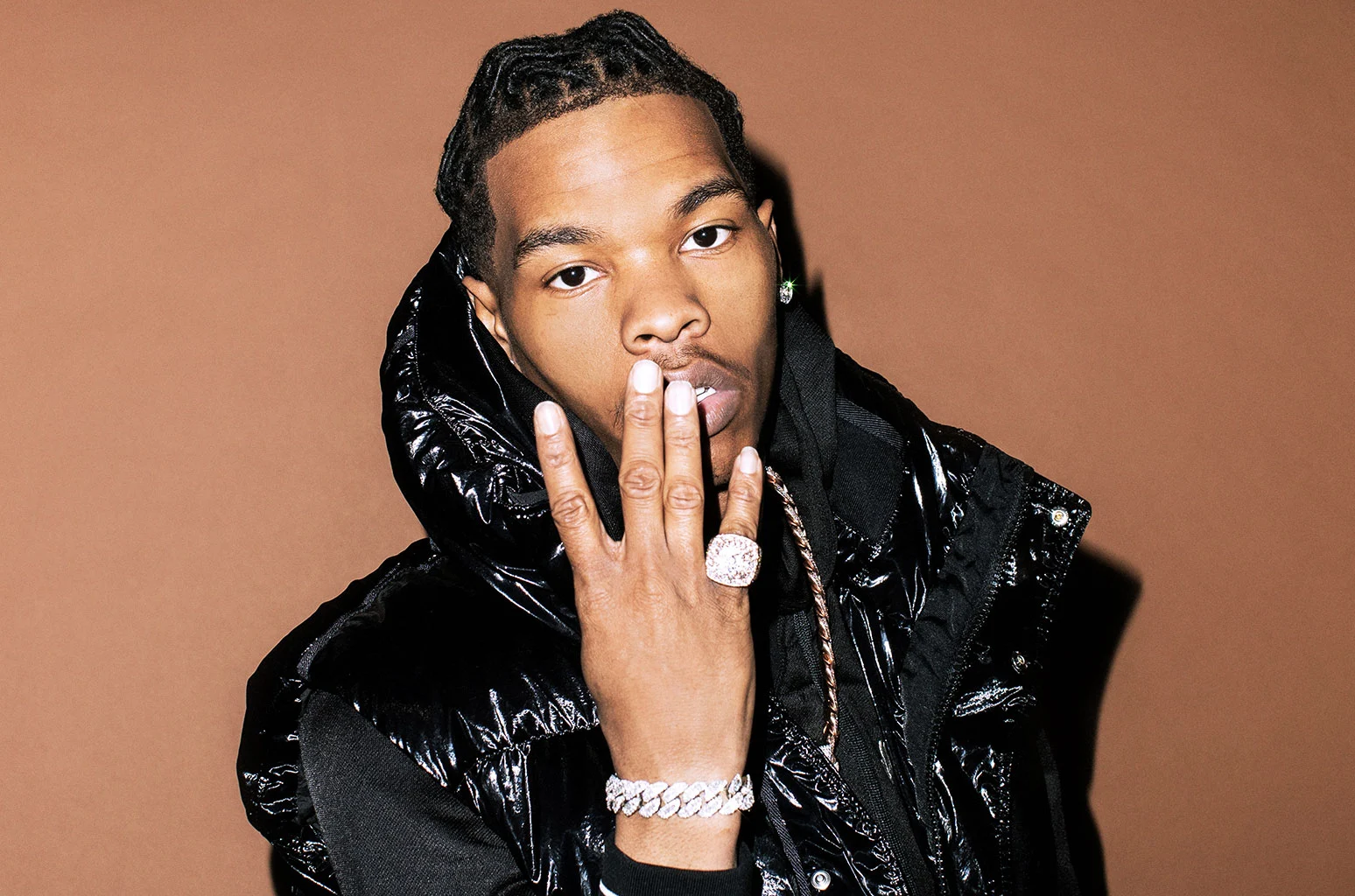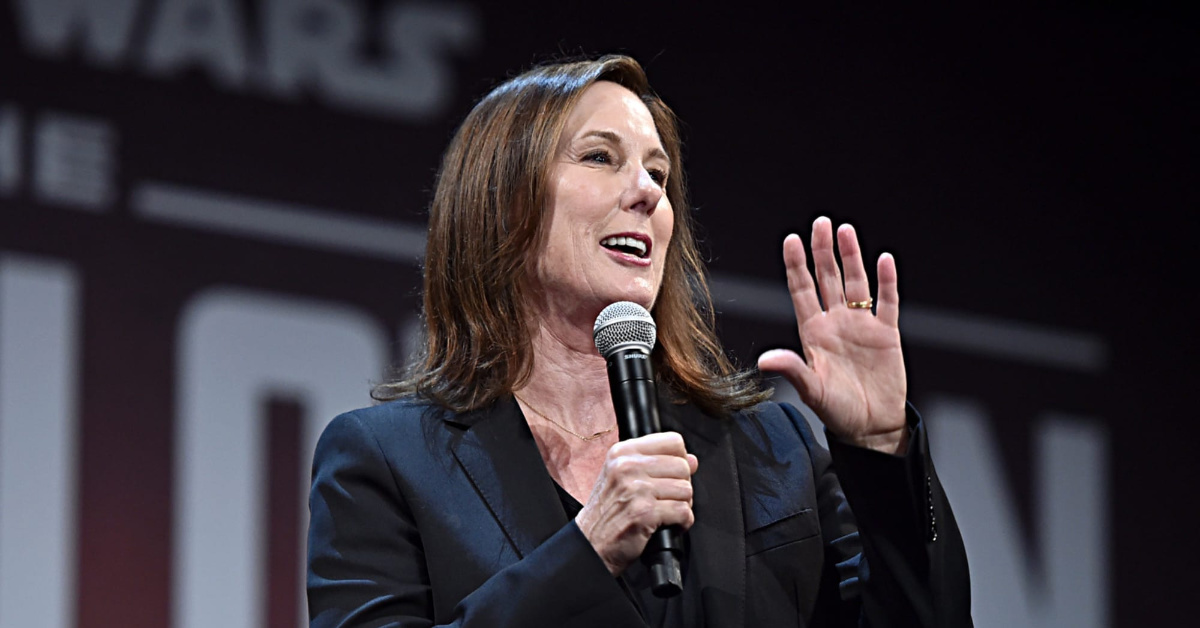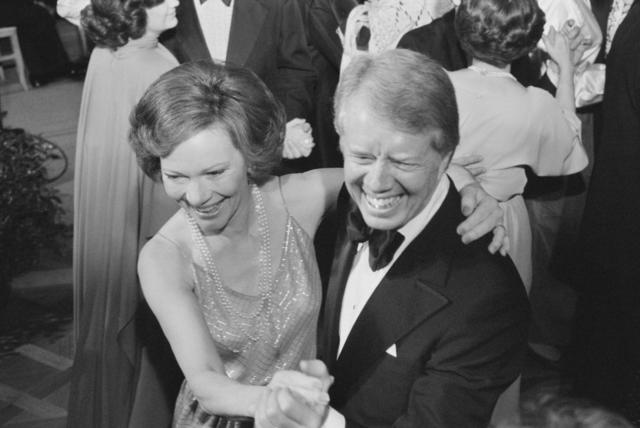Recession Indicator Reverses, Still Shows Economic Headwinds
After two years, a recession indicator has reversed its signal for an economic downturn, though headwinds persist in the economy.
In January, The Conference Board’s Leading Economic Index dropped by 0.4%, despite improvements seen in 6 out of the 10 economic indicators comprising the composite index.
The leading indicators measure is used by economists to provide a near-term forecast of economic conditions. The index has flashed recession warnings for two years.
“As a result, the leading index currently does not signal recession ahead,” said Justyna Zabinska-La Monica, the Conference Board’s senior manager of business cycle indicators. “While no longer forecasting a recession in 2024, we do expect real GDP growth to slow to near 0% over Q2 and Q3.”
The index fell 3.0% over the six months between July and January. A drop in the average hours worked in manufacturing and a negative yield curve contributed to January’s declining index, Zabinska-La Monica said.
- Terry lane
“The Conference Board’s Leading Economic Index, a key recession indicator, has reversed its signal for an economic downturn after two years, although it still highlights headwinds. January saw a 0.4% decline, yet six of its ten indicators improved. Economists use this index for near-term economic forecasts. Justyna Zabinska-La Monica noted the index no longer forecasts a recession in 2024, but anticipates near-zero GDP growth in Q2 and Q3. The index’s 3.0% drop over six months, influenced by reduced manufacturing hours and a negative yield curve, underscores ongoing economic challenges “
Inflation Expectations: A Hurdle in Curbing Price Increases?
Inflation expectations could be a self-fulfilling prophecy if price increases remain sticky, according to one economist.
Henry Allen, a macro strategist at Deutsche Bank, wrote Tuesday that the longer inflation remains elevated above the Federal Reserve’s target of 2%, the more likely expectations will move higher.
On Friday, the University of Michigan reported consumers expect inflation in the next year to be 3%, up from their predictions in the prior month. Rising expectations mirror recent inflation measurements which showed inflation is proving to be stickier than anticipated, as last week’s Consumer Price Index came in higher than expected.
“When inflation moves higher, consumers and firms normally move to expect higher inflation as well. But when firms expect higher inflation across the economy, they are likely to set their prices accordingly,” Allen wrote.
Workers can also influence the inflation rate when expecting larger pay increases to match the perceived upcoming inflation, he said.
“They will normally expect larger pay increases to compensate them in real terms,” he wrote. “And in turn, firms may pass those higher wage costs into their prices, which can feed a wage-price spiral that keeps inflation at high levels.”
Inflation has been above the Fed’s annualized target since March 2021, according to the Bureau of Labor Statistics. The longer inflation is above the Fed’s target, the harder it is to shift perspective, Allen said.
Read original Article on Investopedia








